Buy this flower art Quintets of Three Flowers by Tis Veugen on canvas, ArtFrame, poster and wallpaper, printed on demand in high quality.
About "Quintets of Three Flowers"
by Tis Veugen
About the artwork
This non-periodic, Penrose P3 image with 5-fold rotation symmetry around the center sunflower is made of deformed rhombi. The rhombi contain a sunflower and 2 dahlias so that neighbor rhombi of the same flower are continuous. This type of image consists of 5 thin rhombi with angles of Pi/5 and 4*Pi/5, and 5 thick rhombi with angles of 2*Pi/5 and 3*Pi/5.
The sunflower is made of 5 pairs of thin rhombi. The opposite acute angles of these tiles meet in the center of the sunflower. The sunflower picture has no rotation or mirror symmetry; it is cut into 10 pieces, and 2 opposite pieces are rendered in a single deformed rhombus requiring some image editing. Each full dahlia is made of 5 thick rhombi with their acute angles in the center. By moving each rhombus to the other side of the center, you get a dahlia with the other color, either red or white. So, half of a thick rhombus contributes to a red dahlia, and the other half to the white dahlia. Around the center sunflower is a crown of 5 red dahlias and 5 white dahlias. A red dahlia shares 2 rhombi with its 2 neighbour white dahlias. Note also at the bottom the pattern of a white dahlia surrounded by 5 white dahlias; and to its left and its right a red dahlia surrounded by 5 red dahlias, etc. And, also note that the figure is not 100% rotationally symmetric because the rhombi have different, deformed edges.
The multigrid approach of N.G. de Bruijn, my former professor, has been applied to construct the whole image.

About Tis Veugen
My training as a mathematician and my experience as a software programmer are the basic elements for designing my works of art. Since my retirement in 2019 I have started creating digital art with a mathematical slant. The works of M.C. Escher are a source of inspiration. Thanks to programs.. Read more…
 Germany
Germany Ordered in January 2022
Ordered in January 2022
 Germany
Germany Ordered in July 2021
Ordered in July 2021
 Netherlands
Netherlands Ordered in June 2019
Ordered in June 2019
 Germany
Germany Ordered in May 2020
Ordered in May 2020
 Germany
Germany Ordered in April 2024
Ordered in April 2024
 Germany
Germany Ordered in March 2019
Ordered in March 2019
 Netherlands
Netherlands Ordered in March 2019
Ordered in March 2019
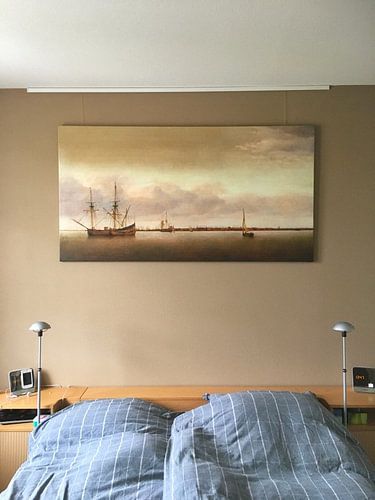
 Netherlands
Netherlands Ordered in September 2020
Ordered in September 2020
 Germany
Germany Ordered in August 2023
Ordered in August 2023
 Germany
Germany Ordered in March 2020
Ordered in March 2020
 Netherlands
Netherlands Ordered in June 2018
Ordered in June 2018
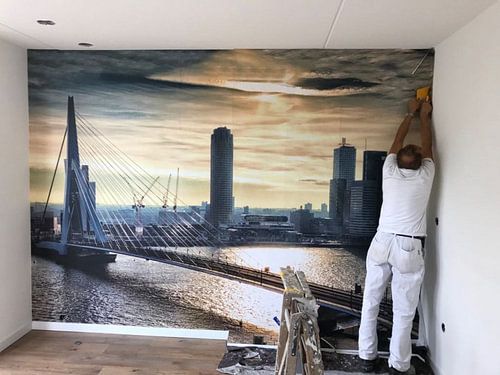
 Germany
Germany Ordered in January 2022
Ordered in January 2022
About the material
ArtFrame™
Interchangeable Art Prints
- High-quality print
- Easily interchangeable
- Acoustic function
- Large sizes available
Discover the artworks of Tis Veugen
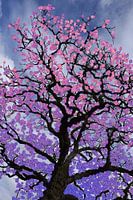 BlossomTis Veugen
BlossomTis Veugen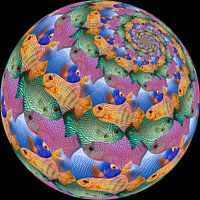 Fish Sphere SurfaceTis Veugen
Fish Sphere SurfaceTis Veugen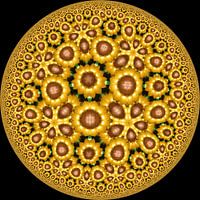 Glow SunflowersTis Veugen
Glow SunflowersTis Veugen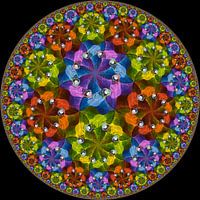 Dance of ParrotsTis Veugen
Dance of ParrotsTis Veugen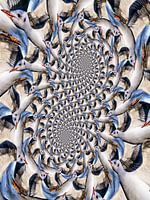 Seagull RhododendronTis Veugen
Seagull RhododendronTis Veugen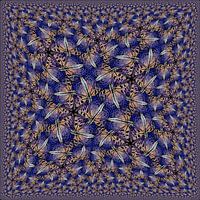 Square ButterfliesTis Veugen
Square ButterfliesTis Veugen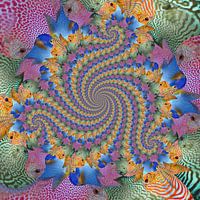 Triple Spiral of Four FishTis Veugen
Triple Spiral of Four FishTis Veugen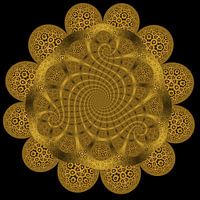 Trio Spiral of Sunflowers IITis Veugen
Trio Spiral of Sunflowers IITis Veugen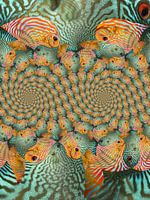 Double Spiral of Tropical FishTis Veugen
Double Spiral of Tropical FishTis Veugen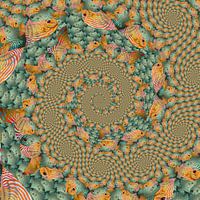 Spirals of Tropical FishTis Veugen
Spirals of Tropical FishTis Veugen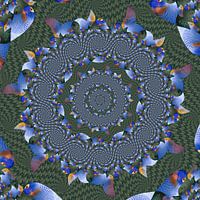 Circles of Spirals of Tropical Fish ITis Veugen
Circles of Spirals of Tropical Fish ITis Veugen Continuous Spiral of Tropical FishTis Veugen
Continuous Spiral of Tropical FishTis Veugen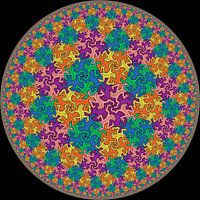 Hyperbolic LizardsTis Veugen
Hyperbolic LizardsTis Veugen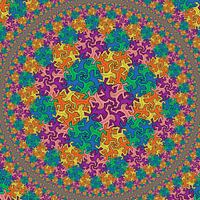 Square Hyperbolic LizardsTis Veugen
Square Hyperbolic LizardsTis Veugen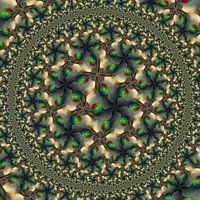 Sea lion with ballTis Veugen
Sea lion with ballTis Veugen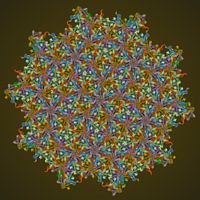 Aperiodic hawk and kingfisherTis Veugen
Aperiodic hawk and kingfisherTis Veugen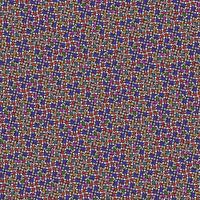 Ammann ghostsTis Veugen
Ammann ghostsTis Veugen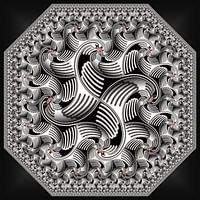 B/W Swans Octagon LimitTis Veugen
B/W Swans Octagon LimitTis Veugen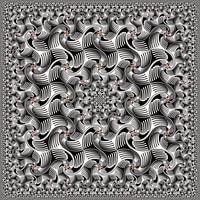 B/W Swans Square FractalTis Veugen
B/W Swans Square FractalTis Veugen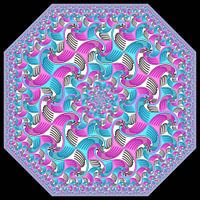 Swans Square Fractal OctagonTis Veugen
Swans Square Fractal OctagonTis Veugen
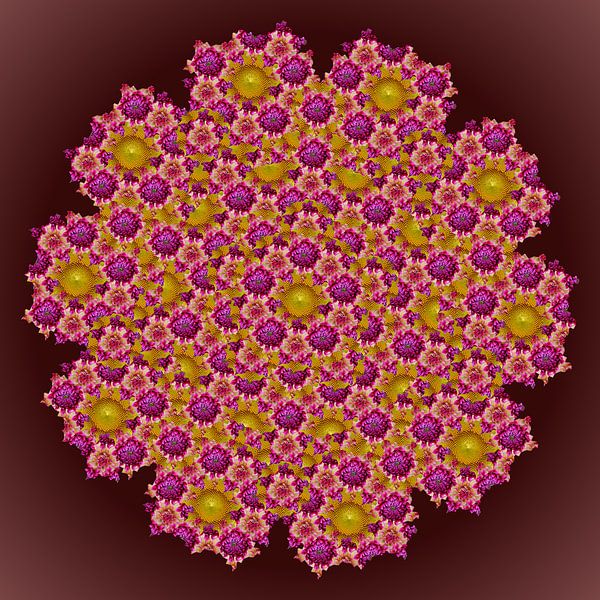











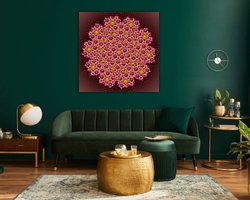
 Dahlia
Dahlia Digital art
Digital art Flowers
Flowers Geometric
Geometric Nature and weather
Nature and weather Optical illusions
Optical illusions Sunflower
Sunflower Symmetry
Symmetry Vibrant Colors
Vibrant Colors









